Oceans Fifteen
On 14th of March our wildlife students along with 5 faculty members left for the Andaman Islands for 2 weeks to be trained in marine ecology as part of the Master's course in Wildlife Biology and Conservation. The Andaman and Nicobar Islands, an archipelago of over 350 islands, provide extraordinary opportunities for wildlife studies. The islands have almost 90% forest cover, and the mangroves and evergreen forests form habitats for species of about 200 birds, 85 reptiles, 60 mammals and thousands of invertebrates. Many of these are found nowhere else in the world. The coastline consists of sandy beaches, rocky shores, coral reefs, shallow and open seas, making this an incredible place to study marine ecology. From the conservation viewpoint too, there is much to think about here. Thirty-eight of the islands are permanently inhabited, and the flora and fauna, along with the many indigenous tribes (such as the Jarawas, Sentinalese and Great Andamanese) face a variety of pressures from an accelerating influx of settlers from the mainland.
Our base camp was run by the Andaman and Nicobar Islands Environmental Team (ANET) located in North Wandoor on the southern tip of South Andaman Island. The camp is 26 km from Port Blair and 3 km from Mahatma Gandhi Marine National Park (MGMNP). Nestled amongst 5 acres of large trees are 10 wooden cottages, a well stocked library-cum-office, a kitchen and eating area. These trees, now a great microhabitat for pit vipers and other wildlife, were planted only 14 years ago when ANET was set up for environmental research and education. Mangrove swamps are found right behind the property, leading into the Lohabarak Crocodile Sanctuary, a mere 10 minute stroll away.Although summer on the islands is usually very hot and sunny, we were in for a pleasant surprise as daily rains brought cool relief - and kept the mosquitoes at bay.
The course faculty was the best in the field of marine ecology, and they brought extensive knowledge of the local ecosystems. Rohan Arthur and Aaron Lobo from the Nature Conservation Foundation, Naveen Namboodiri and Kartik Shanker from the Centre for Ecological Sciences and our very own Suhel Quader made for a formidable team. They not only managed to fuel our interest in marine ecology and answer all our questions but also sang us goodnight and kept us laughing with their jokes. Tasneem and her team at ANET added to the experience by making sure we were well looked after and amidst friends. Naveen, the cook, ensured that there would be some mouth watering 'FRESH' seafood for dinner almost everyday.
The faculty had set themselves the mammoth task of trying to expose the students to topics as diverse as ocean dynamics, clonality and corals, fish biology, larval ecology and bioerosion, to name a few. Guest lectures on 'invasives' by Rauf Ali and 'Management of the marine protected areas' by Ajai Saxena, the Chief Conservator of Forests, were enthralling and set the stage for field exercises. The latter were scheduled for the mornings. We took on monitoring of the mangroves and intertidal zones near the ANET camp, and, to better understand coral reef protection, we snorkelled and dived at Redskin and Jollybouy Islands in the MGMNP.
A visit to the near identical Twins Islands in MGMNP was without doubt the highlight of our trip. This is about a two hour journey from North Wandoor by boat and as we got closer to these pristine islands we saw a huge splash in the water then another one, and yet another! It took us a second to realize that they were manta rays breaching and not just one, around 20! This was pure luck. We immediately changed to our snorkeling gear and jumped in. The current was strong so we all had to hold on to two sets of ropes that were put out from the dinghy with a kayak patrolling at the far end - on look out for any drifters! We were all under tight supervision and in safe hands. Thanks to which we have only good stories to tell!
Some of us enrolled for the diving course and almost all of us went for introductory dives run by the Laccadives outfit. Diving into the deep blue ocean opened up a whole new world. Thanks to the equipment we could actually breathe underwater! Large shoals of fusiliers and surgeon fish often enveloped us. Cleaner wrasses were doing what they do best: cleaning other fishes and sometimes us! Several kinds of groupers skulked under the corals. We even saw the electric purple and black 'crown of thorns', the second largest sea star in the world.
However the real beauty of the corals comes alive in the details. Looking a tad bit closer, we found tiny shrimp about the size of a thumbnail under brightly colored yellow feather stars. And then there were the colourful christmas tree worms decorating the corals. If disturbed they retreat into their holes in a flash and after a few seconds bloom again like a flower in a time lapse video.
But all is not constant in this beautiful ecosystem. We saw many dead corals that had been affected by a bout of high sea temperatures in 2010 and were then subsequently ravaged by storms. It is a fragile world. What was amazing however was that resurrection of the reef was already under way: life was returning to these half-dead but clearly recovering young reefs.
The Andamans were as exciting on land as they were underwater. We ventured into the mangroves under the cover of darkness looking for the dog-faced water snake. We had to slosh through the slush and over thousands of gastropods and hundreds of mudskippers. The walk along the intertidal region from Wandoor to ANET took us along bleached white sands, with the sea on one side and the forest on the other. Large trees such as the Andaman Bullet-wood towered above us. A few in the group were lucky enough to see a water monitor clinging to the bark. The Andaman night jar, a rare endemic nocturnal bird was another rare species to be spotted, in broad daylight to boot, along with its nest. The picture of this bird in this article (taken by Shashank in the batch) is the very first photograph ever of this species!The students were encouraged to carry out projects on their topics of interest in marine ecosystems. They chose topics that ranged from observing the symbiotic relationship of Gobi fish and shrimps; the aggressive behavior of anemone fish towards other damsel fish; and the cheating behavior of cleaner wrasses. Others focused on understanding the effect of settler culture on local fishing practices.
The students are still analyzing the results from the data they collected... and surely there will be some important new insights into this world. Fellow NCBSers should take the opportunity to talk to the wildlifers about their projects, what they have seen is truly mind boggling! Or come to our upcoming photo presentation of the trip. The students will have many more interesting stories to tell - so don't miss it!
The M.Sc Wildlife Biology and Conservation course is jointly offered by the Wildlife Conservation Society-India Program (WCS-India), Centre for Wildlife Studies (CWS) and the National Centre for Biological Sciences (NCBS).

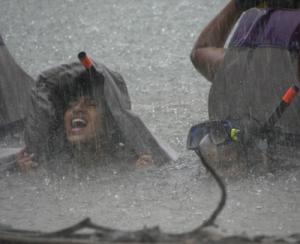

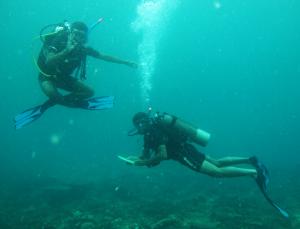
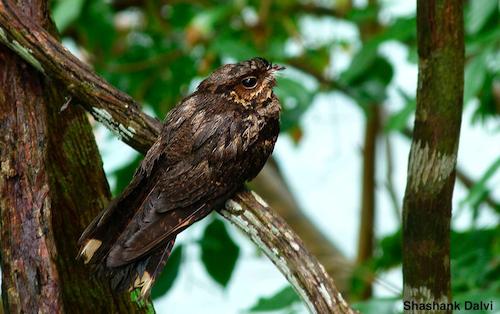
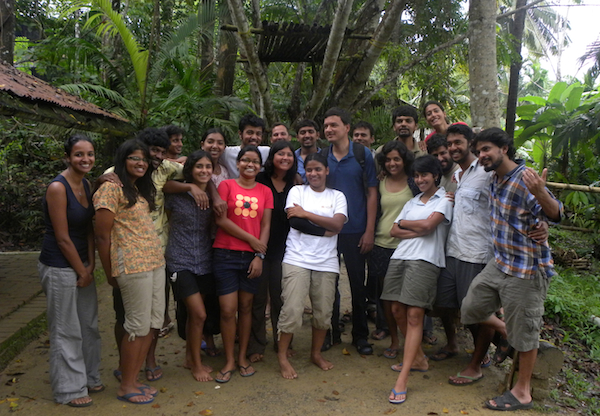
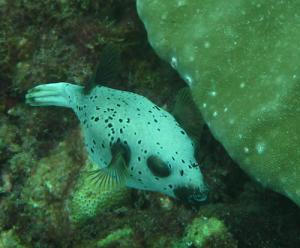
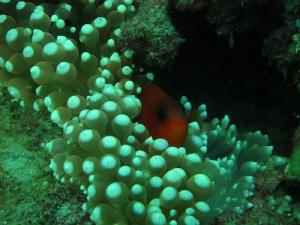
Comments
What a fantastic, intriguing
Well written!
Excellent article, really
I like to be, under the sea!
Post new comment